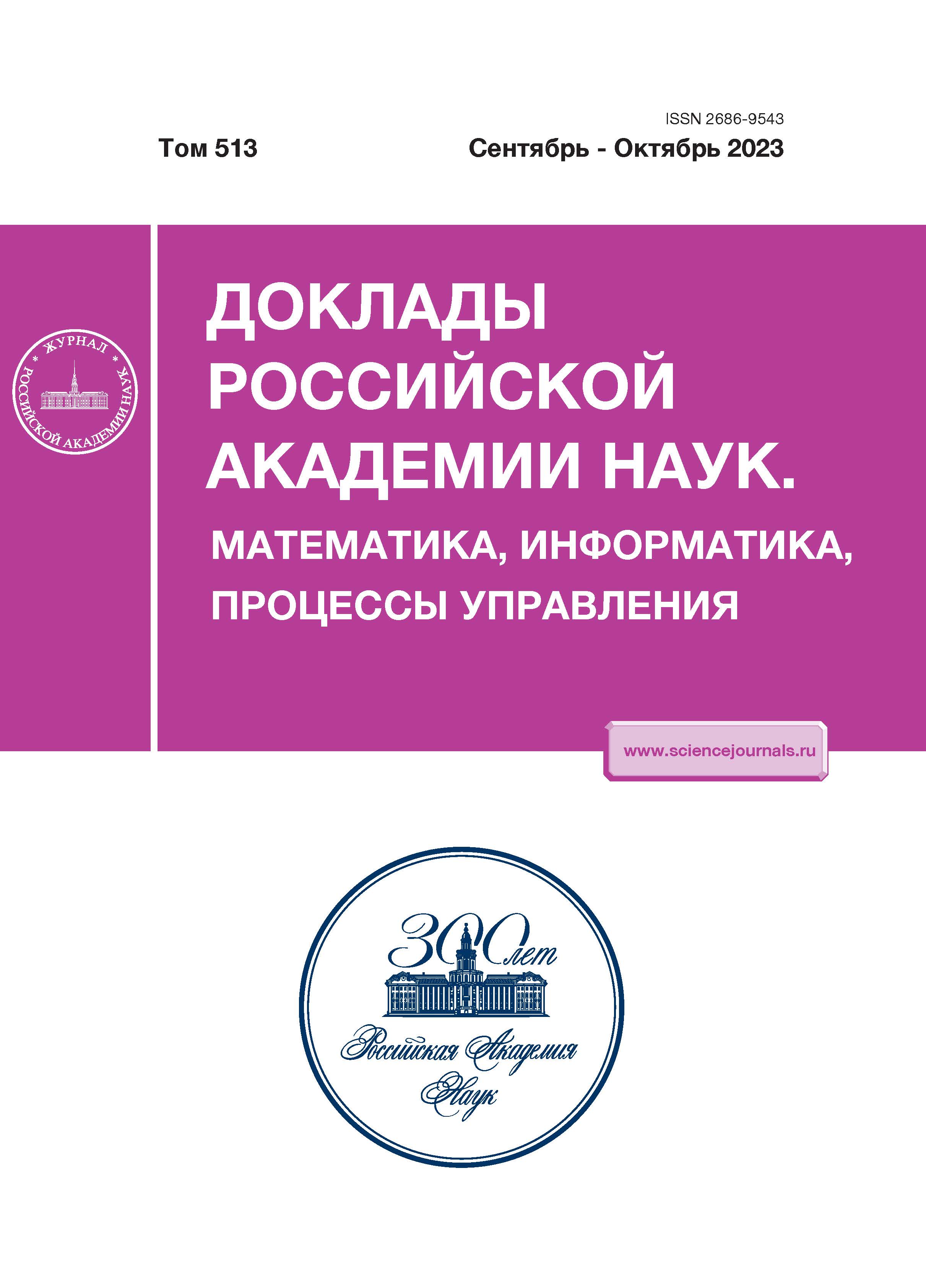PRINCIPLE OF DYNAMIC BALANCE OF DEMOGRAPHIC PROCESS AND THE LIMITS OF WORLD POPULATION GROWTH
- 作者: Zakharov V.V.1
-
隶属关系:
- Saint Petersburg State University
- 期: 卷 513 (2023)
- 页面: 108-114
- 栏目: MATHEMATICS
- URL: https://medjrf.com/2686-9543/article/view/647931
- DOI: https://doi.org/10.31857/S2686954323600301
- EDN: https://elibrary.ru/GXYUWN
- ID: 647931
如何引用文章
详细
The article proposed a new model of the dynamics of growth of the World population, including discrete equations of the dynamics of percentage increases in integral volumes of inflow and outflow and a balance equation of population size. The principle of the dynamic balance of the demographic process and the condition of interval dynamic consistency based on this principle are formulated. A sample example of forecasting the growth of the World population in the period from 2011 to 2021 is given, demonstrating the possibility of building linear dynamic trends in the percentage increase in the integral volume of dead people, dynamically consistent with the corresponding intervals of statistics on the integral volumes of born children of earlier periods. Based on the proposed model, a forecast of the growth of the World population after 2021 was built, assuming that by 2050 the population will reach 9.466 billion, and in 2062 it will reach the maximum level of 9.561 billion, after which the World population will begin to decline and in 2100 will amount to 8.670 billion.
作者简介
V. Zakharov
Saint Petersburg State University
编辑信件的主要联系方式.
Email: v.zaharov@spbu.ru
Russia, Saint Petersburg
参考
- Zeifman L., Hertog S., Kantorova Vl., Wilmoth J. A World of 8 Billion, Population Division, UN DESA // United Nations Department of Economic and Social Affairs. 2022.
- United Nations, Department of Economic and Social Affairs, Population Division (2022). World Population Prospects 2022: Methodology of the United Nations population estimates and projections. UN DESA/POP/2022/TR/NO. 4. https://population.un.org/wpp/
- Preston S.H., Heuveline P., Guillot M. Demography: measuring and modeling population processes // Blackwell Publishing Ltd. 2001. 306 p.
- Donella M.H. et al. Limits to growth. // Universe Books. 1972. 205 p.
- Foerster H. von, Mora P., Amiot L. Doomsday: Freeday, 13 November, A.D. 2026 // Science. 1960. V. 132. P. 1291–1295.
- Марчук Г.И. Избранные труды: Математическое моделирование в иммунологии и медицине, т. 4 // Российская академия наук, Институт вычислительной математики. [отв. ред. Г.А. Бочаров]. М: РАН, 2018. 650 с.
- Романюха А.А. Математические модели в иммунологии и эпидемиологии инфекционных заболеваний. М.: Лабораторий знаний, 2020. 296 с.
- Захаров В.В., Балыкина Ю.Е. Балансовая модель эпидемии COVID-19 на основе процентного прироста // Информатика и автоматизация. 2021. Т. 20. № 5.
- Zakharov V., Balykina Y., Ilin I., Tick A. Forecasting a New Type of Virus Spread: A Case Study of COVID-19 with Stochastic Parameters // Mathematics. 2022. V. 10. P. 3725.
- Капица С.П. Феноменологическая теория роста населения Земли // УФН. 1996. Т. 166. № 1. 63–80 с.
- Long-ranged population projections: two centuries of population growth // UN. Now-York, 1992. 35 p.
- United Nations Department of Economic and Social Affairs, Population Division (2022). World Population Prospects 2022: Summary of Results. UN DESA/POP/2022/TR/NO. 3.
补充文件









